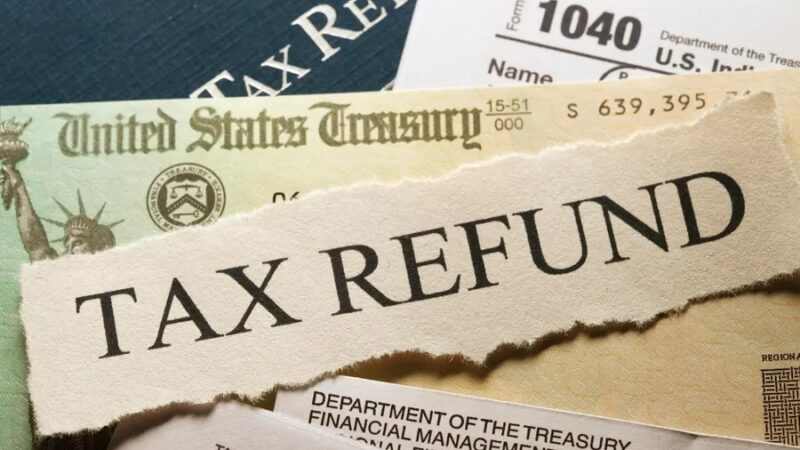How to Stay Compliant as an Independent Financial Planner

As an independent financial planner, it is your responsibility to stay on top of the ever-changing regulations and compliance requirements laid down by regulatory authorities. Compliance measures are meant to protect investors and promote ethical practices in the financial industry. As an independent financial planner, it can be overwhelming to keep up with compliance requirements. This blog post outlines practical steps that independent financial planners can take to stay compliant while minimizing risks.
1. Understand the Regulatory Environment
The first step to staying compliant as an independent financial planner is to understand the regulatory environment. You should have a deep understanding of the regulations governing your practice. You should stay up-to-date with changes in regulations, as well as emerging compliance issues. Network with peers, attend training courses and workshops to keep abreast of new regulations and compliance measures.
2. Establish Written Procedures and Policies
Having written procedures and policies is a key component of compliance. It is essential to document your business’s policies and procedures. Written procedures help to establish standard processes for service delivery, compliance, and risk management. It also helps to explain how you deal with potential conflicts of interest that may arise during the course of your work.
3. Have Effective Cybersecurity Measures
In today’s digital world, having a cybersecurity plan is a must. As an independent financial planner, you hold sensitive client information that must be safeguarded from unauthorized access, use, disclosure, disruption, modification, or destruction. You must understand the risks to your client data and your firm’s systems and manage them effectively. Basic cybersecurity measures include installing antivirus and firewall software, encrypting client data, and regularly updating your software and hardware.
4. Continuously monitor your clients’ investments
As an independent financial planner, you must consistently monitor your clients’ investments. You must understand changes in market conditions and how these changes affect your clients’ portfolios. Monitoring includes reviewing reports and statements, tracking the performance of the investments, and monitoring cash flows. Implementing a sound monitoring process is essential for maintaining compliance and managing risks.
5. Regularly audit your business processes
Regular auditing of your business processes helps to identify areas of potential non-compliance, fraud, or theft. The audit should be comprehensive and cover all aspects, including financial reporting, service delivery, cybersecurity, and data privacy. It can be conducted internally or by an external auditor. Audit reports should be evaluated to identify areas that require improvements and corrective action.
Conclusion
As an independent financial planner, staying compliant is an essential component of ensuring that your clients’ investments are protected while minimizing risks. It is essential to stay up-to-date with the latest regulations and compliance measures. The steps outlined in this blog post can help you establish a culture of compliance to manage risks and provide a high level of service to your clients.







